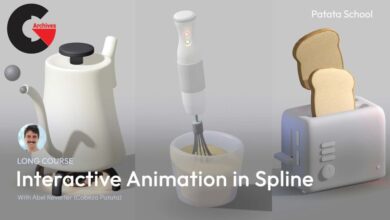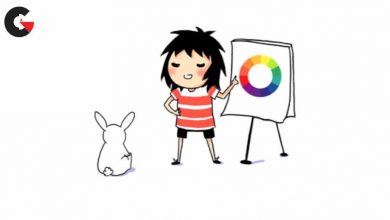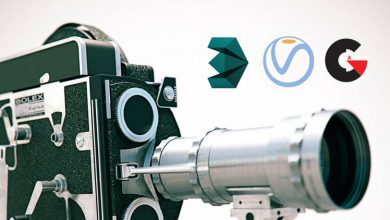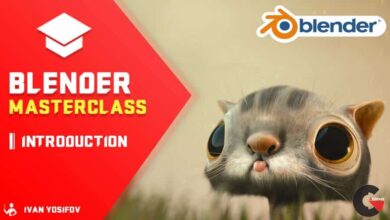Domestika – Figure Drawing for Beginners
 Figure Drawing for Beginners
Figure Drawing for Beginners
Figure Drawing for Beginners : Learn the basics of drawing the human body with ideal proportions without using a model
The desire to capture the human figure and its complex mechanics, shapes and structures has challenged artists throughout history, and it hasn’t been any different for Zursoif. With a career spanning over 15 years, the illustrator and draftsman has made the representation of the human body the focus of his work, specializing in figurative art and anatomical drawing.
In this course you’ll learn how to draw the human figure proportionally, starting from the drawing of lines and circles. Using the right techniques and exercises, you’ll be able to give your drawings a very realistic appearance and build a catalog of poses that will serve as a guide for making elaborate and detailed images.
You’ll start by getting to know Zursoif, his career as an illustrator and his main influences. Then you’ll take a detailed look at what you’ll be creating in the course, and the equipment you’ll need to achieve the desired results.
In the second unit, you’ll perform exercises to warm up your hand, starting with the drawing of straight lines of different lengths, and circles. you’ll learn to use the basic tools and you’ll also see how the way in which you rest your hand, elbow, and arm can interfere with your result.
Afterward, you’ll learn the general measurements of the human body in practice. You’ll use the drawing of circles and its division into halves and thirds in order to represent the upper part of the human skeleton: head, back, and pelvis. To complete the unit you’ll see the spine and the division of the vertebrae, to try to understand the movement dynamics of the upper body.
Based on the measurements and general proportions you learned in the previous step, you’ll connect the different limbs, and Zursoif will explain aspects related to the movement of each part. You’ll start by learning to locate the upper extremities: arm, forearm, and hand, and then you’ll start to do the same with the lower extremities, divided into thigh, leg, and foot.
In the last unit you’ll explore movement by drawing more dynamic figures and, then, you’ll learn to represent volume in the human body through simple geometric shapes. To conclude, you’ll learn some post-production tips using projection and perspective techniques.
What is this course’s project?
You’ll create a catalog of poses from which you will be able to practice drawing the human body through proportions and exercises, ranging from drawing lines to creating body postures in motion.
lB6MwSwNNIYYHz66UqInBRH/video%204/34559
Direct download links 2.2 GB :
Direct download link reserved for subscribers only This VIP
Dear user to download files, please subscribe to the VIP member
- To activate your special membership site, just go to this link and register and activate your own membership . >>>register and activate<<<
- You can subscribe to this link and take advantage of the many benefits of membership.
- Direct downloads links
- No ads No waiting
- Download without any limitation ، all content in website
CGArchives Is The Best
Review
Review
Review this tutorial
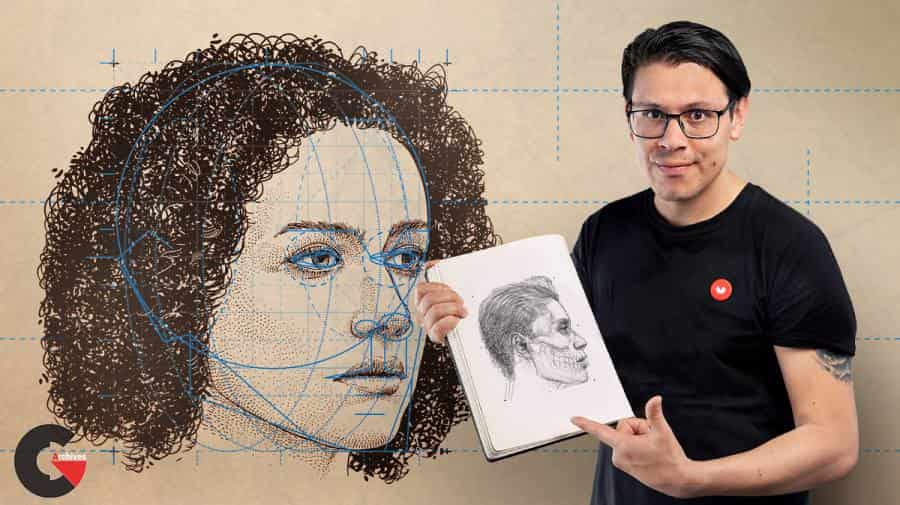 Figure Drawing for Beginners
Figure Drawing for Beginners
